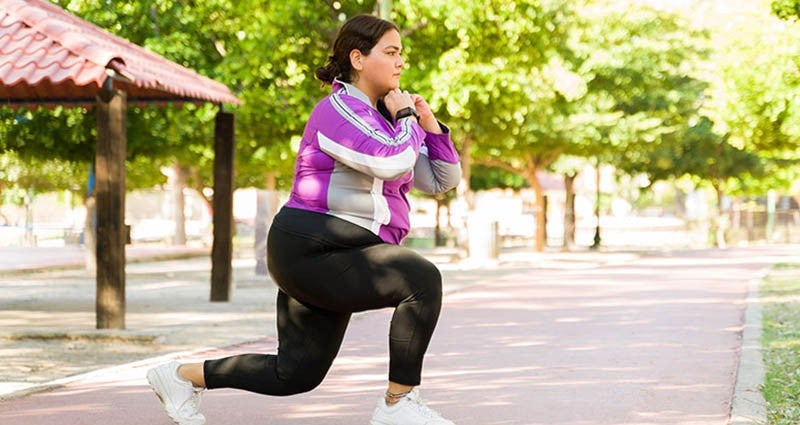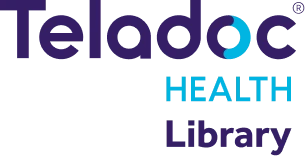Feel better faster with active recovery

Congratulations! You're doing it.
On a quest to increase your physical fitness? Maybe it's for sport, a physical challenge or keeping up with friends and family. Maybe you’re working toward your own strength and endurance goals. Reaching a personal best and pushing yourself beyond your limitations are admirable feats. Now it’s time to treat your hard-earned aches and pains.
What’s next?
For most people, it’s a couple of days of muscle soreness. There could be fatigue and even difficulty moving about. Many of us want to throw in the towel and retire to the sofa until we're better. But you can facilitate your recovery.
Trainers and healthcare professionals talk about “rest days” and “recovery days,” but what’s the difference? Doesn’t rest lead to recovery? Yes and no.
What’s a rest day?
Resting your body after a workout is as important as the workout itself. The goal of a rest day is to give your body a break from your regular hard workout schedule. During exercise, your body endures stress. Rest days allow your muscles and tissues to recover and repair. They also let your mind relax. Rest days allow your body to refuel by replenishing glycogen, or energy stored in our muscles and liver.1 A rest day is not about being completely free from movement. Take a walk, do gentle yoga or take a leisurely swim.
Rest is about spacing out demanding physical activity to reduce fatigue and make your exercise routine more effective.2
Consider active recovery
Active recovery helps you feel refreshed and restored. The goal is to balance the intensity of your workouts. Through low-impact, low-stress activities, you can increase blood flow to your muscles and connective tissue. This will help to clear out soreness caused by metabolic byproducts like lactic acid and speed your recovery. Consider it a boosted rest day.
Recovery methods that may help you avoid burnout and injury2,3
As always, before you start any new exercise routine, talk to a doctor to make sure it’s safe for you.
- Walking–out in nature or on a treadmill
- Cycling, rowing or elliptical–warm up, find your pace and cool down
- Yoga–for strength, balance, flexibility and more
- Body-weight exercises–squats, lunges, planks, the list goes on
- Swimming or aqua workout–light resistance plus cardio
- Stretching–with or without resistance bands
Recovery treatments to feel better
- Foam roller–relieves aches and increases blood flow
- Massage therapy–reduces muscle tightness and assists with circulation
- Sauna or steam room, hot tub or spa–soothes aches and pains and increases heart rate
- Compression clothing–promotes blood flow
- Cryotherapy–a minute or two in a cold pool, bath or shower to reduce pain in some people
- Percussion therapy–otherwise known as a massage gun
Whichever methods of recovery are right for you, the goal is to feel good and be the healthiest, injury-free version of you.
Now that you’re exercising, it’s important to understand your heart rate and what it means.
1https://www.acefitness.org/resources/everyone/blog/7176/8-reasons-to-take-a-rest-day/
2https://www.acefitness.org/continuing-education/certified/april-2021/7826/recovery-strategies-the-secret-to-maximizing-workouts/
3https://blog.nasm.org/active-recovery
Was this article helpful?
Don't wait! Unlock a healthy, happy new year, at no cost to you.
This content is not intended to be a substitute for professional medical advice, diagnosis or treatment. Always seek the advice of your physician or other qualified health provider with any questions you may have regarding a medical condition.
